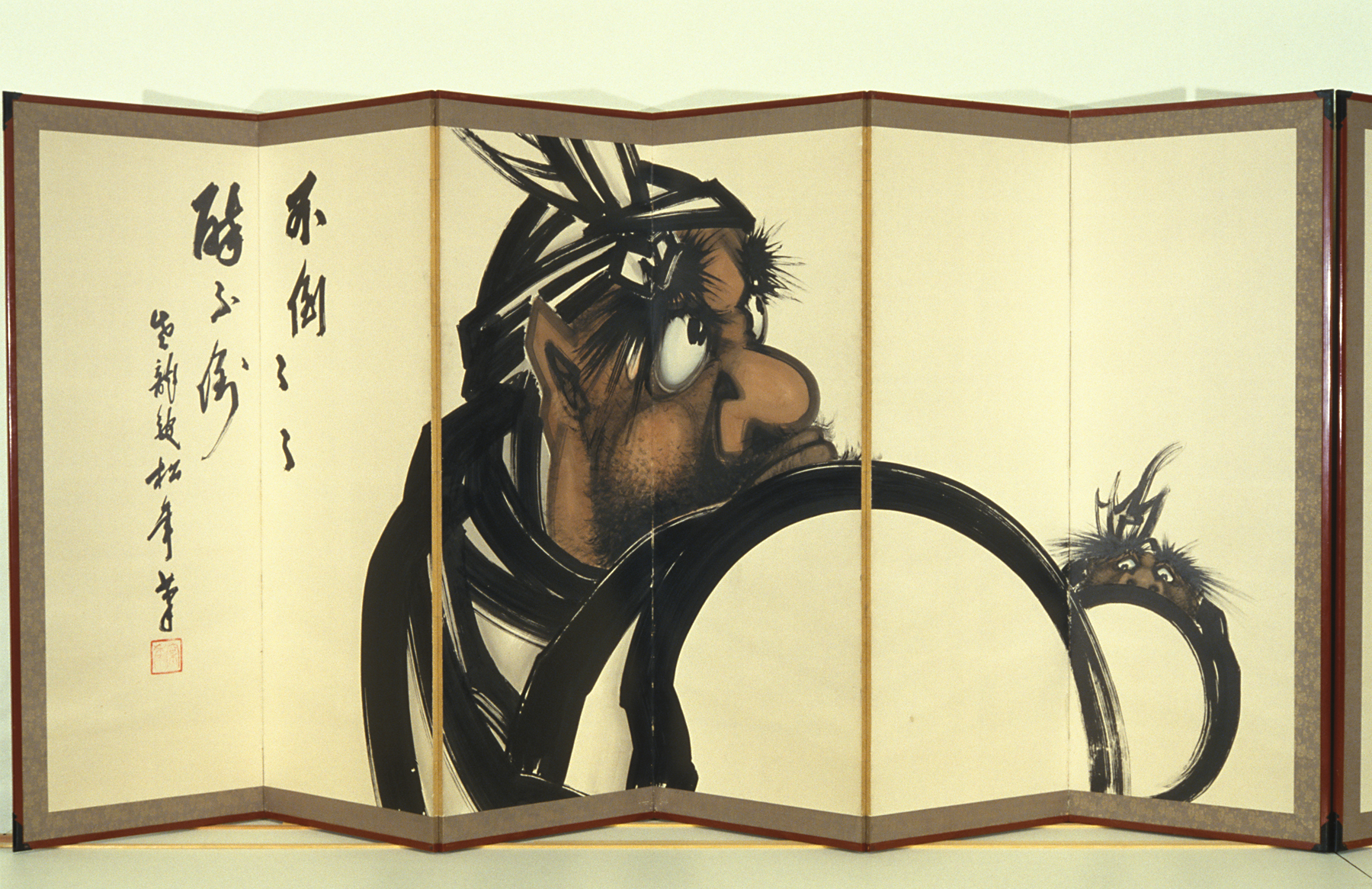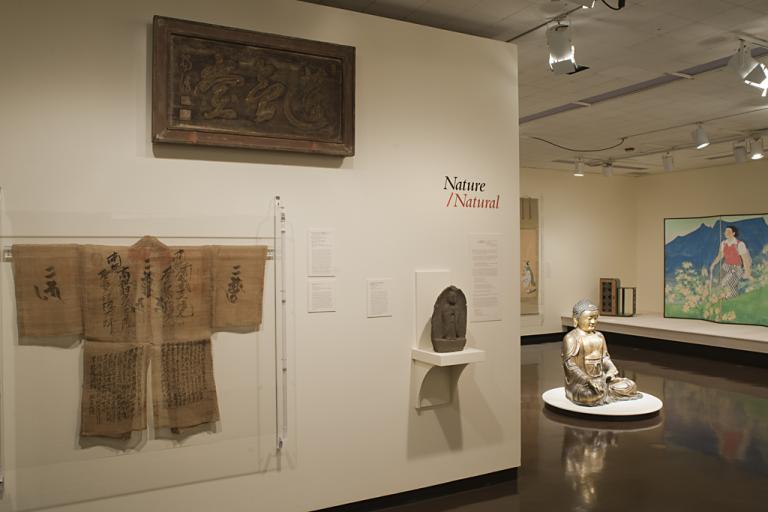"Not Falling" Daruma Dolls, Suzuki Shōnen
Artwork Overview
Suzuki Shōnen, artist
1848–1918
"Not Falling" Daruma Dolls,
circa 1910, Meiji period (1868–1912)
Where object was made: Japan
Material/technique: color; ink; paper
Dimensions:
Object Height/Width (Height x Width): 171 x 384 cm
Object Height/Width (Height x Width): 67 5/16 x 151 3/16 in
Object Height/Width (Height x Width): 171 x 384 cm
Object Height/Width (Height x Width): 67 5/16 x 151 3/16 in
Credit line: Museum purchase: Friends of the Art Museum
Accession number: 1982.0054.a
Not on display
If you wish to reproduce this image, please submit an image request



